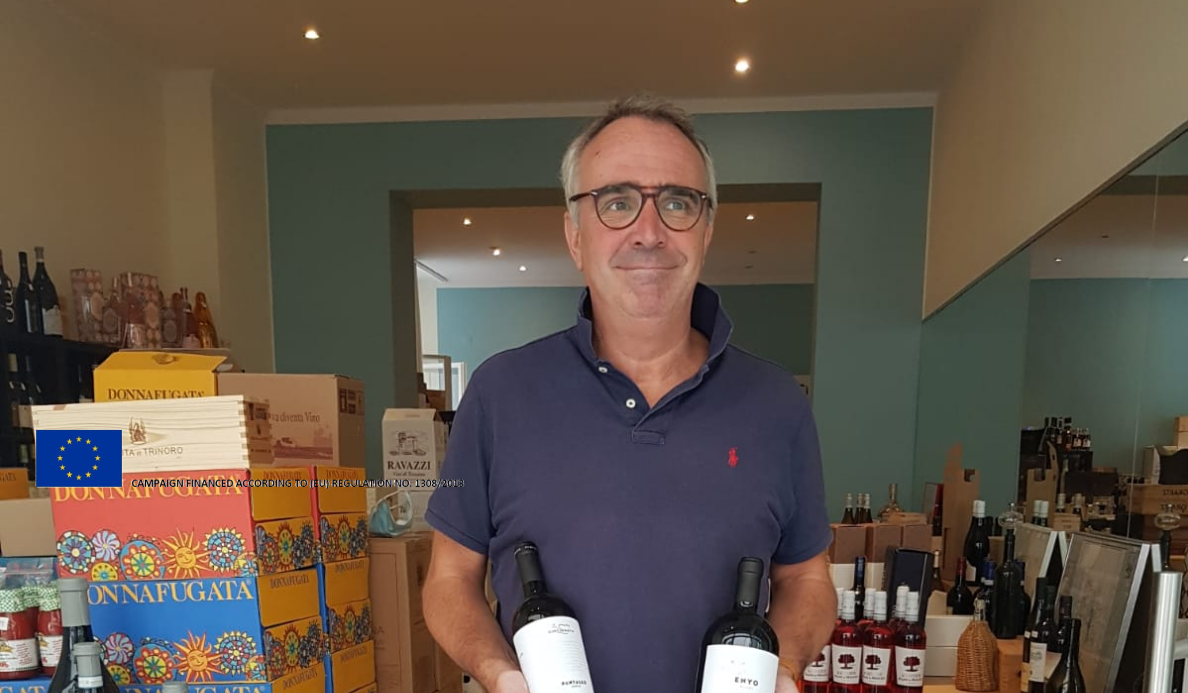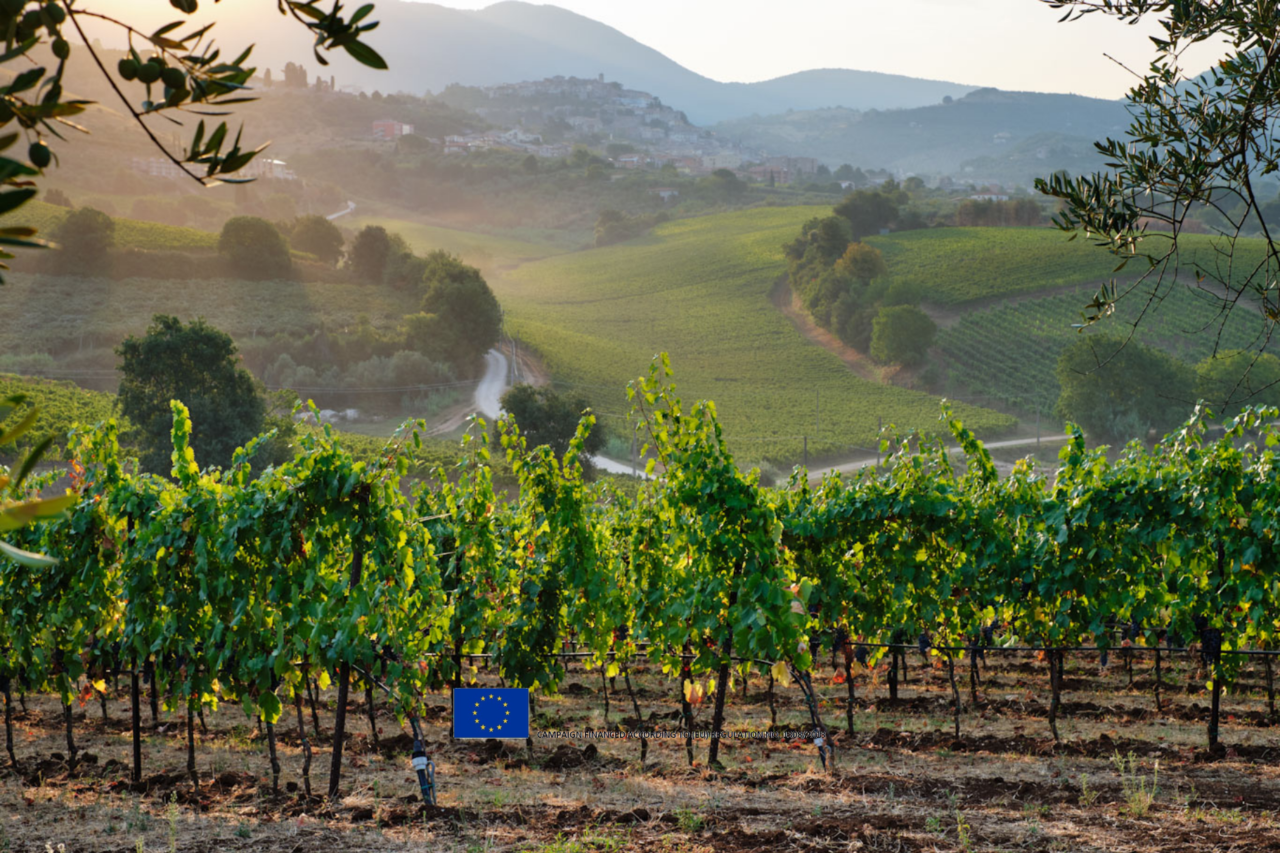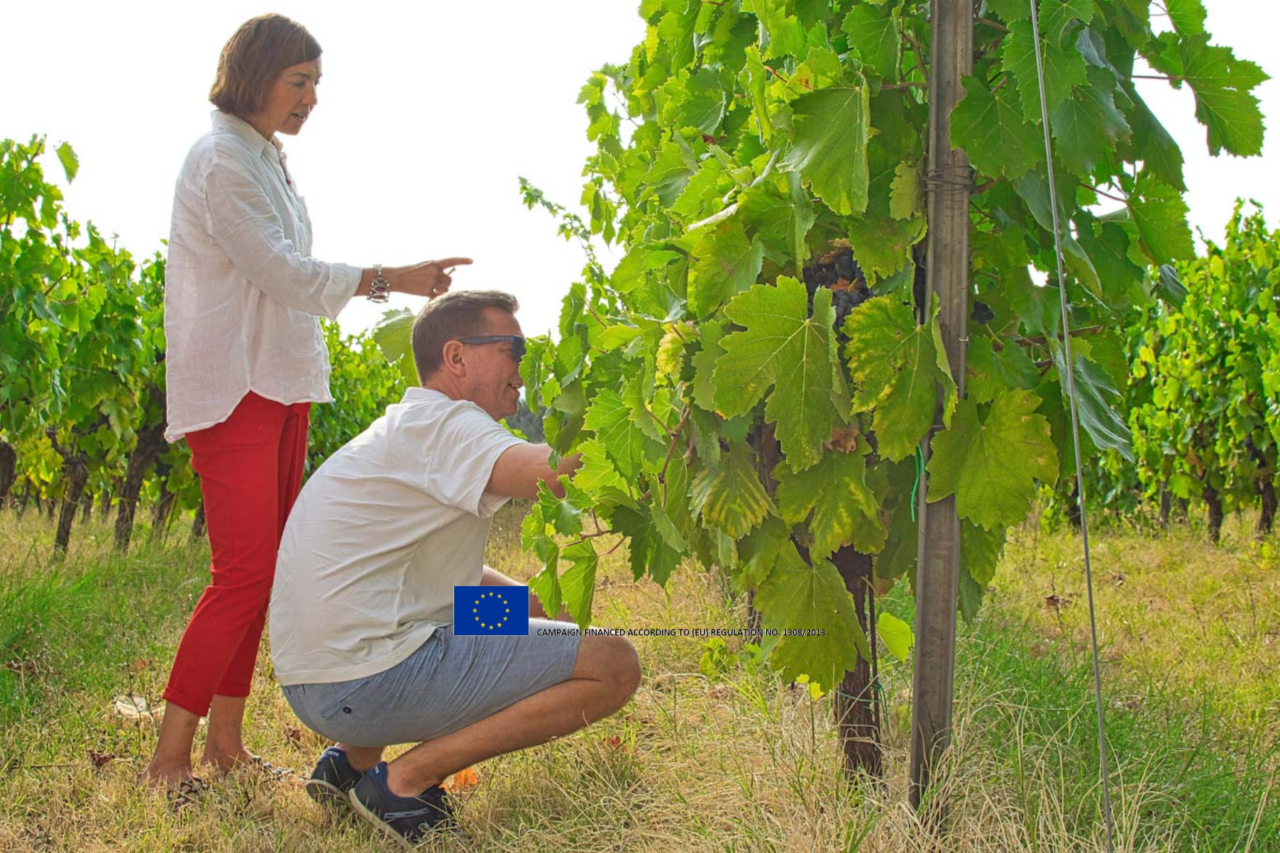TwelveBottles is the importer for Cincinnato in Australia. Thanks to its work, it introduces the Bellone and the Nero Buono wines by Cincinnato in Australia!
We have had the opportunity to chat with the managing director of TwelveBottles, Ian Deiana. Another brilliant appointment for Cincinnato wine magazine!

Hi Ian, nice to meet you. We start with a great curiosity we have! How was your passion born?
I had a great-grandfather from the Cagliari (Sardinia) area who was an oenologist, over 150 years ago, who was already working with wines! Imagine that 50 or 60 years ago all immigrants bought grapes and made their own grapes. I remember, in fact, that wine was made by all the families, and they were fun times. Wine is now a big market in Australia. Of course, grandparents’ wine was not the same, but wine has always been there. I started to work with an importer in Melbourne, and I really fell in love with the wine world, and the story began…
Certainly, your surname reminds me of Sardinia…
Yes, I was born in Italy! I arrived in Australia at the age of 2 with my family, I keep my Cagliari identity even if we don’t have our team in the Italian First League (Serie A)!
Cagliari will be back soon in the First League! Differently, what’s the league of your customers?
Look, 75% of our sales are restaurants, hotels, wine bars. You know, native wines from both Lazio, Campania, Puglia – there are several sommeliers who are interested. When I sell Cincinnato, most generic stores do not understand it, I mean, from the cultural point of view. Instead, in restaurants, customers can be guided and have sommeliers explain their taste. Then there are fine wine shops that certainly offer Cincinnato as well. High quality wines need the support of sommeliers, and of sensitive customers. If we reflect for a moment on a rough ratio – each 100 sold bottles of Sangiovese or Pinot Grigio, only one of Bellone accounts for them. In this sense, it is crucial to discuss about the culture of wine.
We also have a restaurant in Sidney called Marta, with Roman cuisine. And they sell Cincinnato wines well. Customers go there to try something different, traditional cuisine, and if you eat Roman, you certainly must drink Cincinnato.
Surely the network matters a lot …
Of course, the Italians who have reached Australia more recently have been valuable in innovating the world of Italian wine in Australia. The first Italians present in Australia had different tastes, as well as a different wine culture. We now have some of the best wines in the world from Italy.
Storytelling must be a part of this, what do you think? How much does it matter to an Australian?
I think that behind all products, there must be a story behind it. Our job is to let it appear. We offer wines to the market at fair price, and we must explain the story to the customers, attract them. We still don’t have many producers from Lazio – Tuscany, Veneto, Friuli, South Tyrol wines were marketed here much earlier.
I see several companies from regions that enter and disappear, because perhaps positioning them is the most complex activity. I chose Castore, Polluce, Raverosse, among the others, for example, because they are in line with Australian tastes and can be easily explained, but also appreciated by the local public.
So, do tastes play a lot in the story of a product?
You see, an Italian white wine, for example, is much less fruity than an Australian wine, and we risk not to make it appreciated by the locals. We, then, must say “Do not judge this wine without eating anything!”. Australians have the custom of drinking a bottle of wine alone, with no food aside. In Italy, on the other hand, there is always something that goes with it. For us, therefore, it is important to make the combinations understood. So, it happens that customers start asking us questions like “Why isn’t it fruity?”, and we must be prepared to answer. If we think of Cesanese di Cincinnato, Castore or Nero Buono –they are fresh, light, not heavy wines, also suitable for quick lunches without sacrificing taste.
Speaking of taste, how would you combine Cincinnato wines with typical Australian dishes?
This is easy! Here there is a large industry linked to sheep, especially lamb. Cheeses are also an extraordinary element. Yes, I would combine them like this.
Do you also have Australian and New Zealand wines?
Of course, I personally look for Australian and New Zealand wines that tell me about Europe. I’m looking for those wines that, even if I drink two glasses, I can still wake up the next day without a headache!
Thanks for your time and have a nice day, Ian!
My pleasure, have a good day, too.







